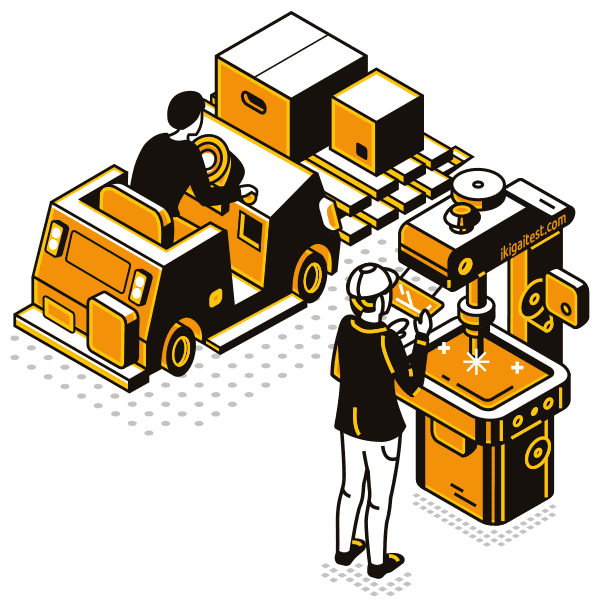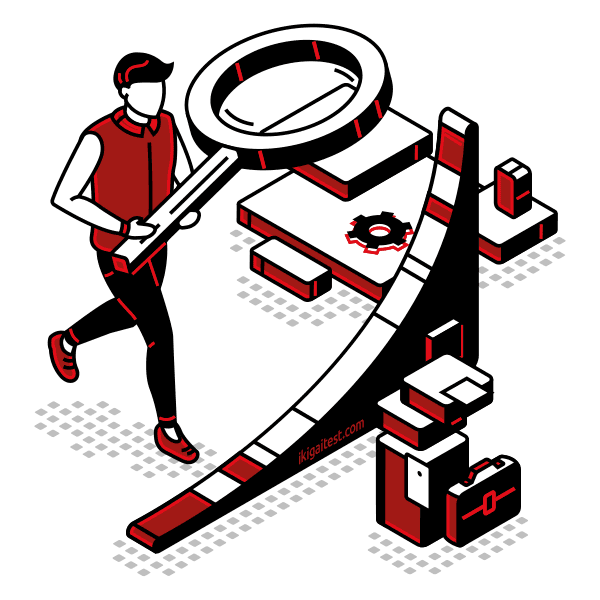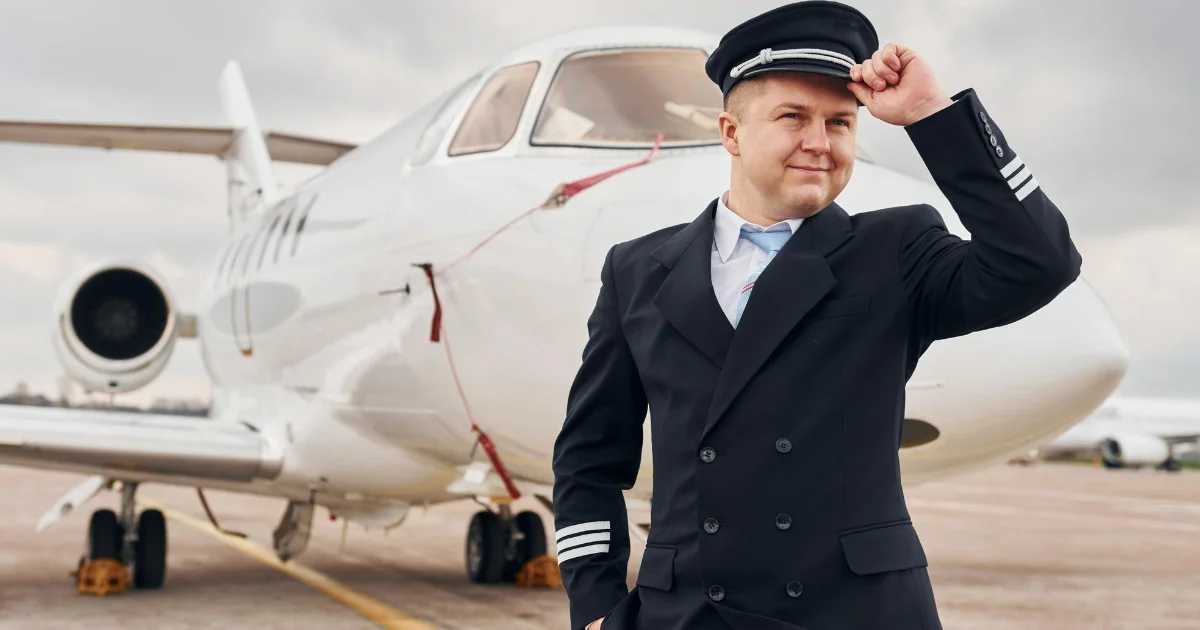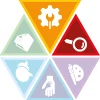Operator

Operators are expected to be good at:
- Using either control mechanisms or direct physical activity to operate manufacturing systems.
- Working with hand operated industrial machines and power tools.
- Adjusting knobs, levers, and physical or touch sensitive buttons in industrial devices.
- Running, maneuvering, navigating, or driving vehicles or mechanized equipment, such as forklifts, passenger vehicles, aircraft, or watercraft.
Inspector

Inspectors should be great at:
- Estimating sizes, distances, and quantities; or determining time, costs, resources, or materials needed to perform a work activity.
- Observing, receiving, and otherwise obtaining information from all relevant sources.
- Identifying information by categorizing, estimating, recognizing differences or similarities, and detecting changes in circumstances or events.
- Inspecting equipment, structures, or materials to identify the cause of errors or other problems or defects.
Other work activities related to Commercial pilots
- Checking aircraft prior to flights for ensuring that the engines, controls, instruments, and other systems are functioning properly.
- Contacting controlling towers for takeoff clearances, arrival instructions, and other information, using radio equipment.
- Starting engines, operating controls, and pilot airplanes for transporting passengers, mail, or freight according to flight plans, regulations, and procedures.
- Monitoring engine operation, fuel consumption, and functioning of aircraft systems during flights.
- Considering airport altitudes, outside temperatures, plane weights, and wind speeds and directions for calculating the speed needed for becoming airborne.
- Ordering changes in fuel supplies, loads, routes, or schedules for ensuring safety of flights.
- Obtaining and reviewing data such as loading weights, fuel supplies, weather conditions, and flight schedules for determining flight plans and identifying needed changes.
- Planning flights according to government and company regulations, using aeronautical charts and navigation instruments.







